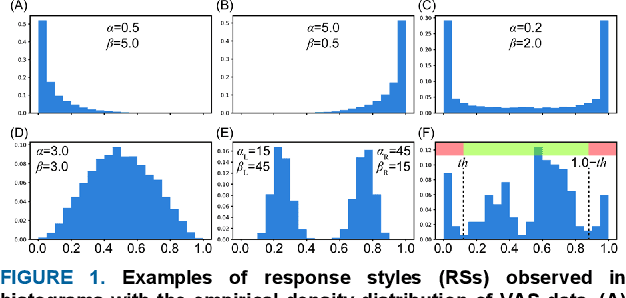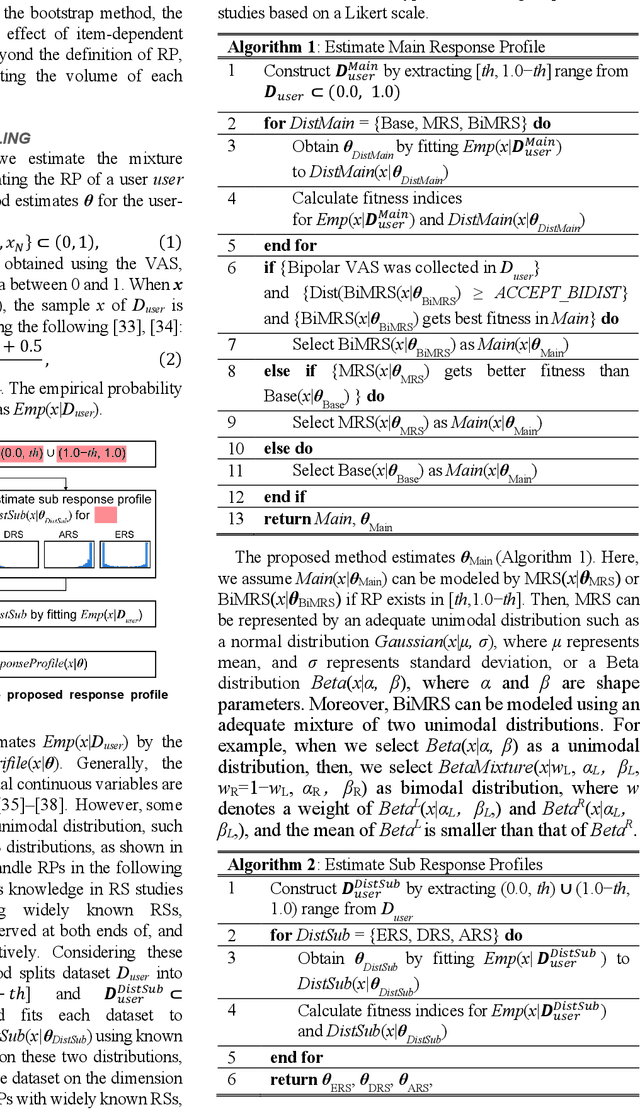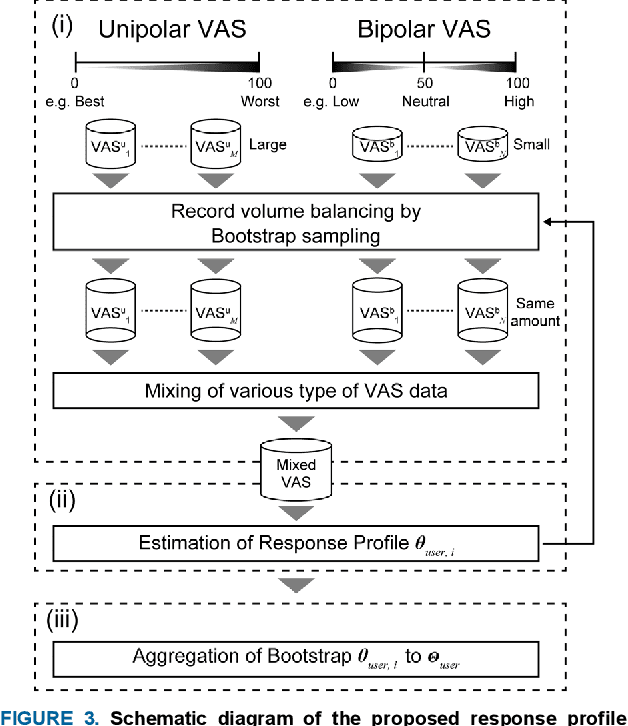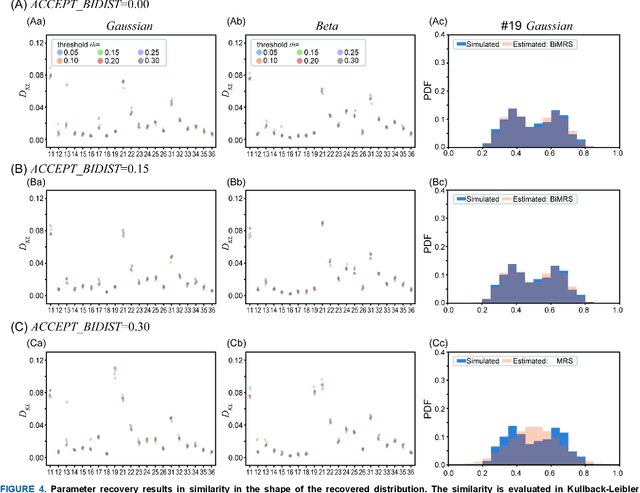Shunsuke Minusa
Environment-Centric Active Inference
Aug 23, 2024



Abstract:To handle unintended changes in the environment by agents, we propose an environment-centric active inference EC-AIF in which the Markov Blanket of active inference is defined starting from the environment. In normal active inference, the Markov Blanket is defined starting from the agent. That is, first the agent was defined as the entity that performs the "action" such as a robot or a person, then the environment was defined as other people or objects that are directly affected by the agent's "action," and the boundary between the agent and the environment was defined as the Markov Blanket. This agent-centric definition does not allow the agent to respond to unintended changes in the environment caused by factors outside of the defined environment. In the proposed EC-AIF, there is no entity corresponding to an agent. The environment includes all observable things, including people and things conventionally considered to be the environment, as well as entities that perform "actions" such as robots and people. Accordingly, all states, including robots and people, are included in inference targets, eliminating unintended changes in the environment. The EC-AIF was applied to a robot arm and validated with an object transport task by the robot arm. The results showed that the robot arm successfully transported objects while responding to changes in the target position of the object and to changes in the orientation of another robot arm.
Response Style Characterization for Repeated Measures Using the Visual Analogue Scale
Mar 15, 2024



Abstract:Self-report measures (e.g., Likert scales) are widely used to evaluate subjective health perceptions. Recently, the visual analog scale (VAS), a slider-based scale, has become popular owing to its ability to precisely and easily assess how people feel. These data can be influenced by the response style (RS), a user-dependent systematic tendency that occurs regardless of questionnaire instructions. Despite its importance, especially in between-individual analysis, little attention has been paid to handling the RS in the VAS (denoted as response profile (RP)), as it is mainly used for within-individual monitoring and is less affected by RP. However, VAS measurements often require repeated self-reports of the same questionnaire items, making it difficult to apply conventional methods on a Likert scale. In this study, we developed a novel RP characterization method for various types of repeatedly measured VAS data. This approach involves the modeling of RP as distributional parameters ${\theta}$ through a mixture of RS-like distributions, and addressing the issue of unbalanced data through bootstrap sampling for treating repeated measures. We assessed the effectiveness of the proposed method using simulated pseudo-data and an actual dataset from an empirical study. The assessment of parameter recovery showed that our method accurately estimated the RP parameter ${\theta}$, demonstrating its robustness. Moreover, applying our method to an actual VAS dataset revealed the presence of individual RP heterogeneity, even in repeated VAS measurements, similar to the findings of the Likert scale. Our proposed method enables RP heterogeneity-aware VAS data analysis, similar to Likert-scale data analysis.
The impact of individual information exchange strategies on the distribution of social wealth
Apr 02, 2023



Abstract:Wealth distribution is a complex and critical aspect of any society. Information exchange is considered to have played a role in shaping wealth distribution patterns, but the specific dynamic mechanism is still unclear. In this research, we used simulation-based methods to investigate the impact of different modes of information exchange on wealth distribution. We compared different combinations of information exchange strategies and moving strategies, analyzed their impact on wealth distribution using classic wealth distribution indicators such as the Gini coefficient. Our findings suggest that information exchange strategies have significant impact on wealth distribution and that promoting more equitable access to information and resources is crucial in building a just and equitable society for all.
 Add to Chrome
Add to Chrome Add to Firefox
Add to Firefox Add to Edge
Add to Edge